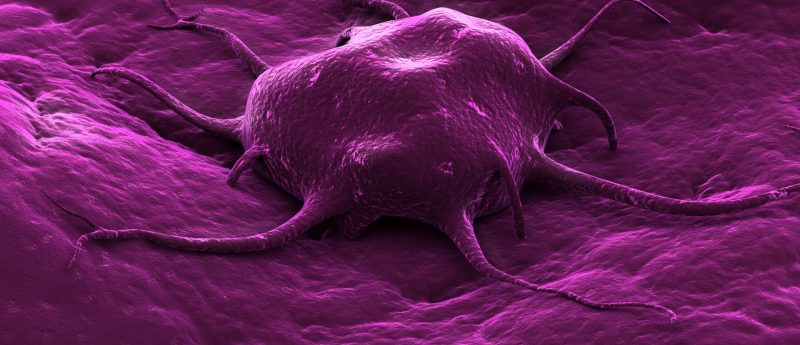Unusual stem cell adhesions may shed light on pluripotency

Peculiar junctions between pluripotent stem cells may help researchers understand pluripotency and differentiation.
A team from the University of Turku (Finland) has published research showing that focal adhesions may play a key part in differentiation and pluripotency. The group, led by Johanna Ivaska (University of Turku), utilized super-resolution microscopy to visualize and partially map the points of contact between pluripotent stem cells and their extracellular matrix (ECM), and demonstrate a connection with differentiation.
Culturing pluripotent stem cells often requires a carefully constructed media and physical base, and while the ECM is known to have an influential role on cells, it has not previously been investigated in pluripotent stem cells. When researchers examined their cultures, they identified a host of previously undescribed features between the cells and their ECM and demonstrate that the focal adhesions — structures which moderate the interaction between cells and their surrounding ECM — may be involved in regulating spontaneous differentiation. When the team plated pluripotent stem cells into nano-grid plates, restricting the focal adhesion size and shape, they demonstrated a reduction in SOX2 expression, a well-established pluripotency gene.
We do not know the reason or the mechanism which governs the abnormal nanoscale architecture of the pluripotent stem cells adhesions. Still our results imply that the unique structure might be a feature of pluripotent cells,” explained Ivaska.
Using iPALM (interferometric photoactivated localization microscopy), a microscopy technique which is ideally suited for investigating the plasma membrane because of its ability to visualize objects with a resolution of less than 20nm, the team were able to identify the unusual positioning and structures of some key proteins, such as Talin1 and Vinculin.
The team hope to further investigate these unusual structures in the hope that it may lead to more efficient methods of differentiating pluripotent cells, opening the avenue for more therapeutic applications.
Sources: Stubb A, Guzmán C, Närvä E, et al. Superresolution architecture of cornerstone focal adhesions in human pluripotent stem cells. Nat. Commun. 10(1), 4756 (2019); www.utu.fi/en/news/press-release/ultrastructure-of-focal-adhesion-scaffold-unveiled-in-human-pluripotent-stem-cells